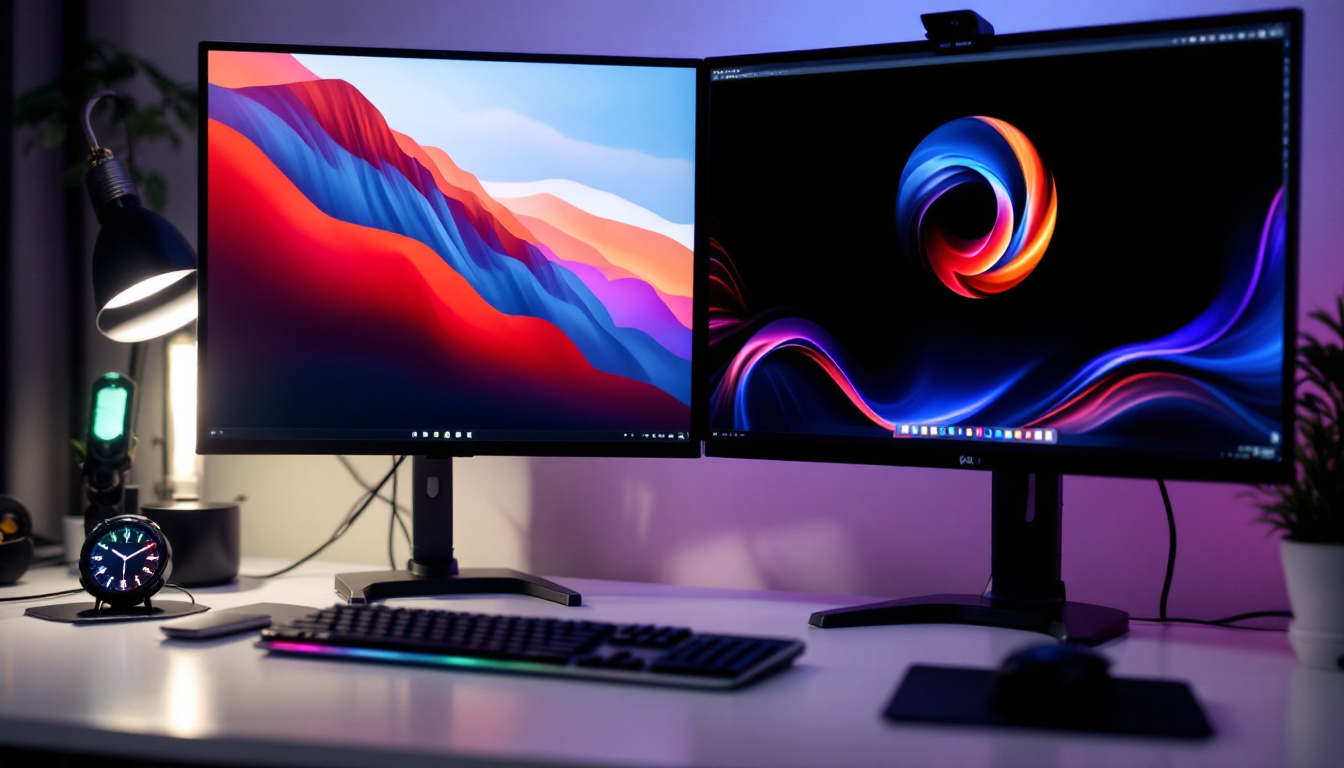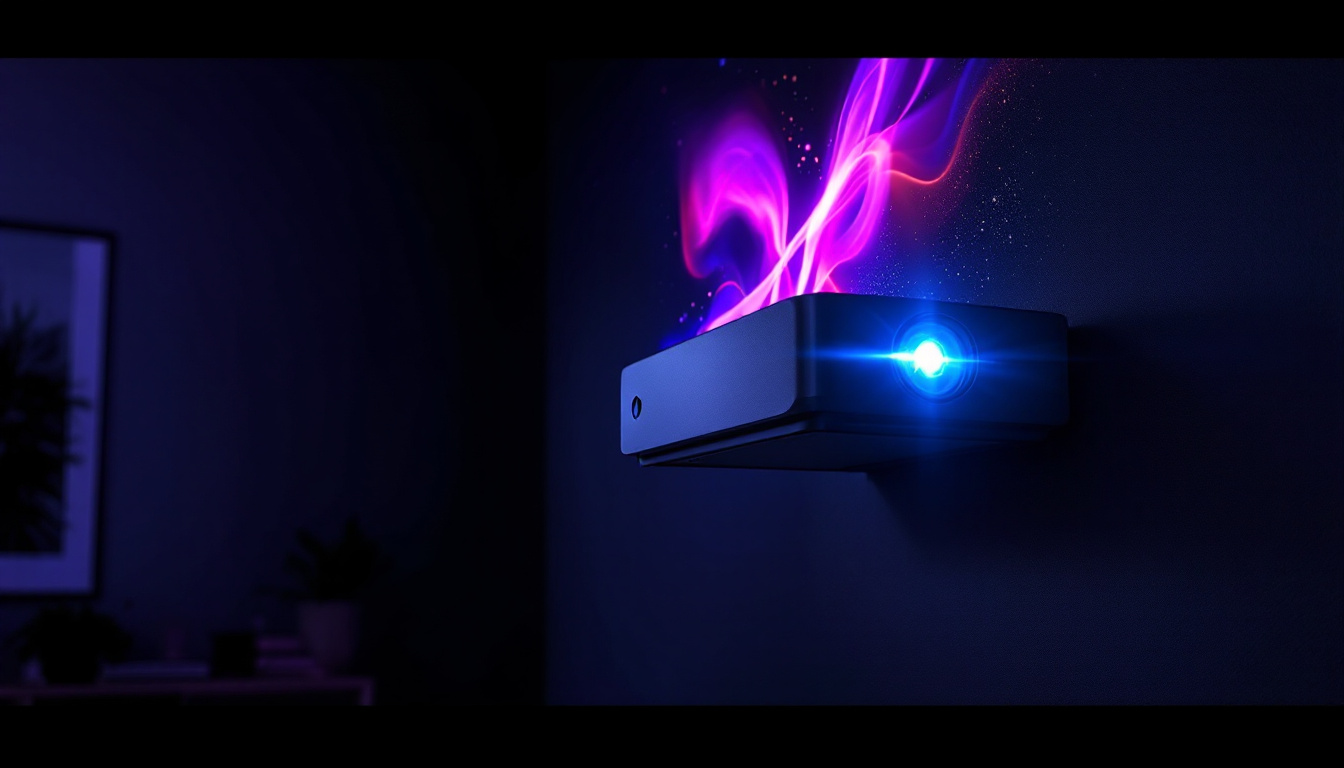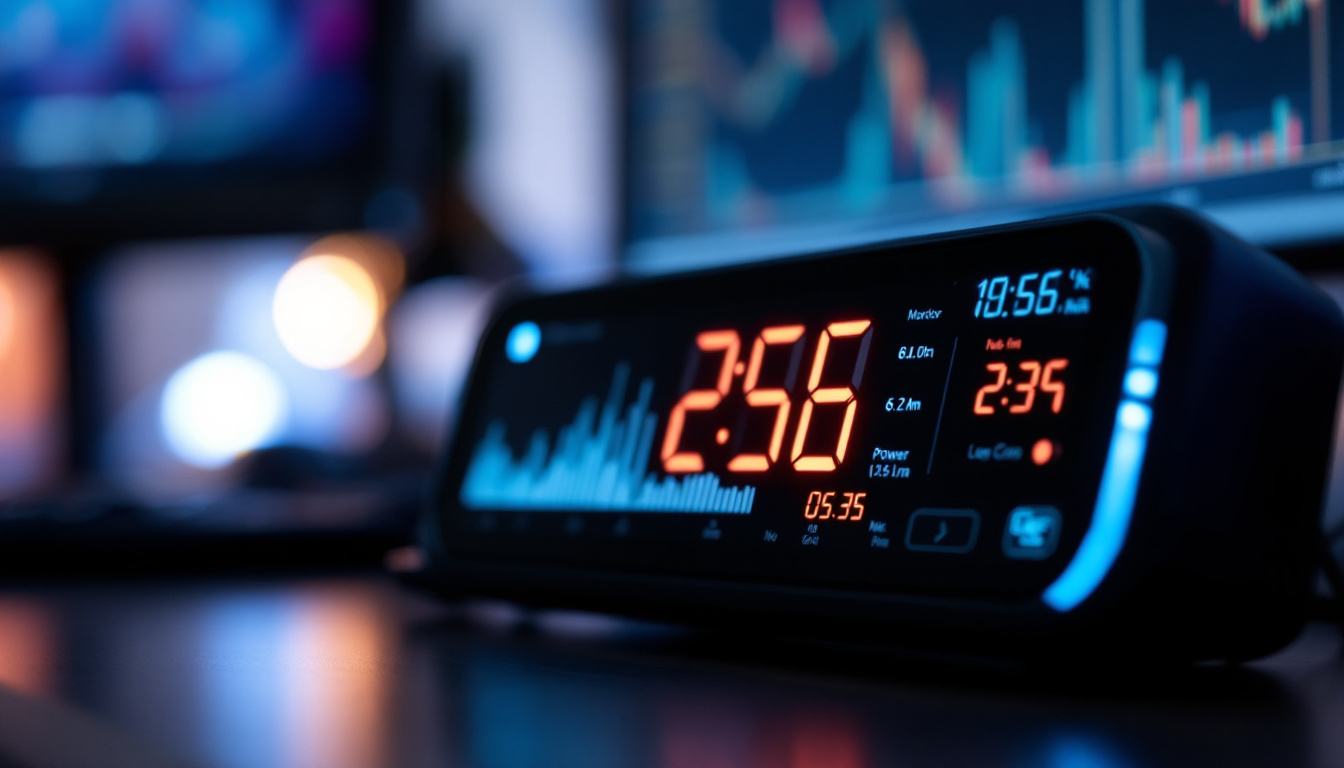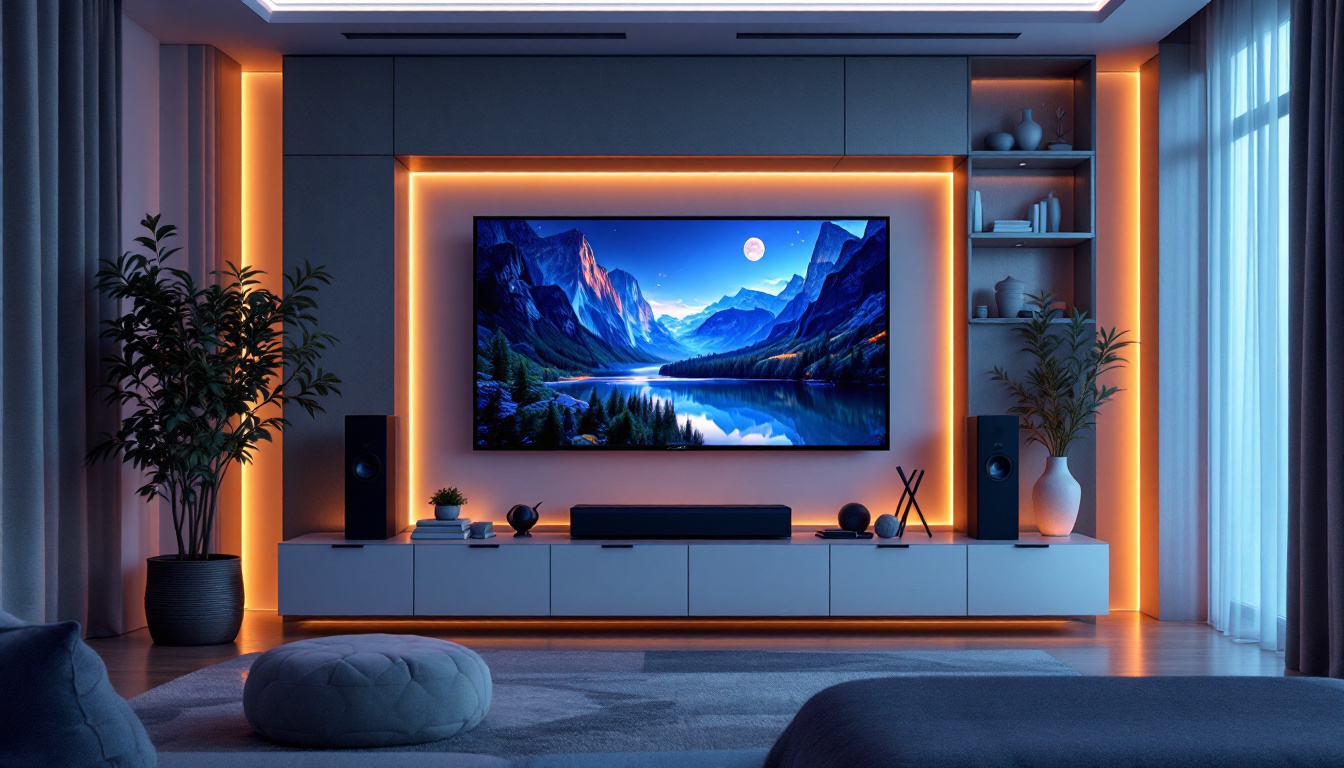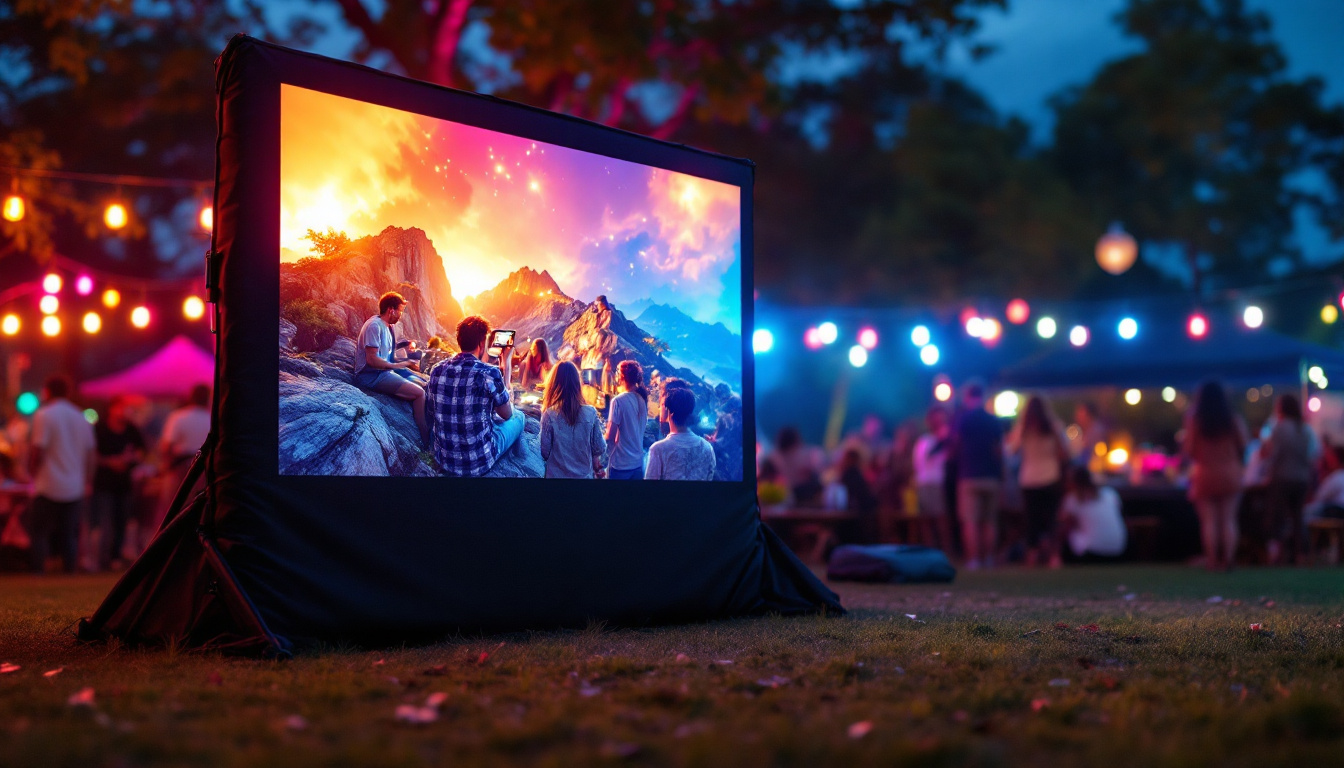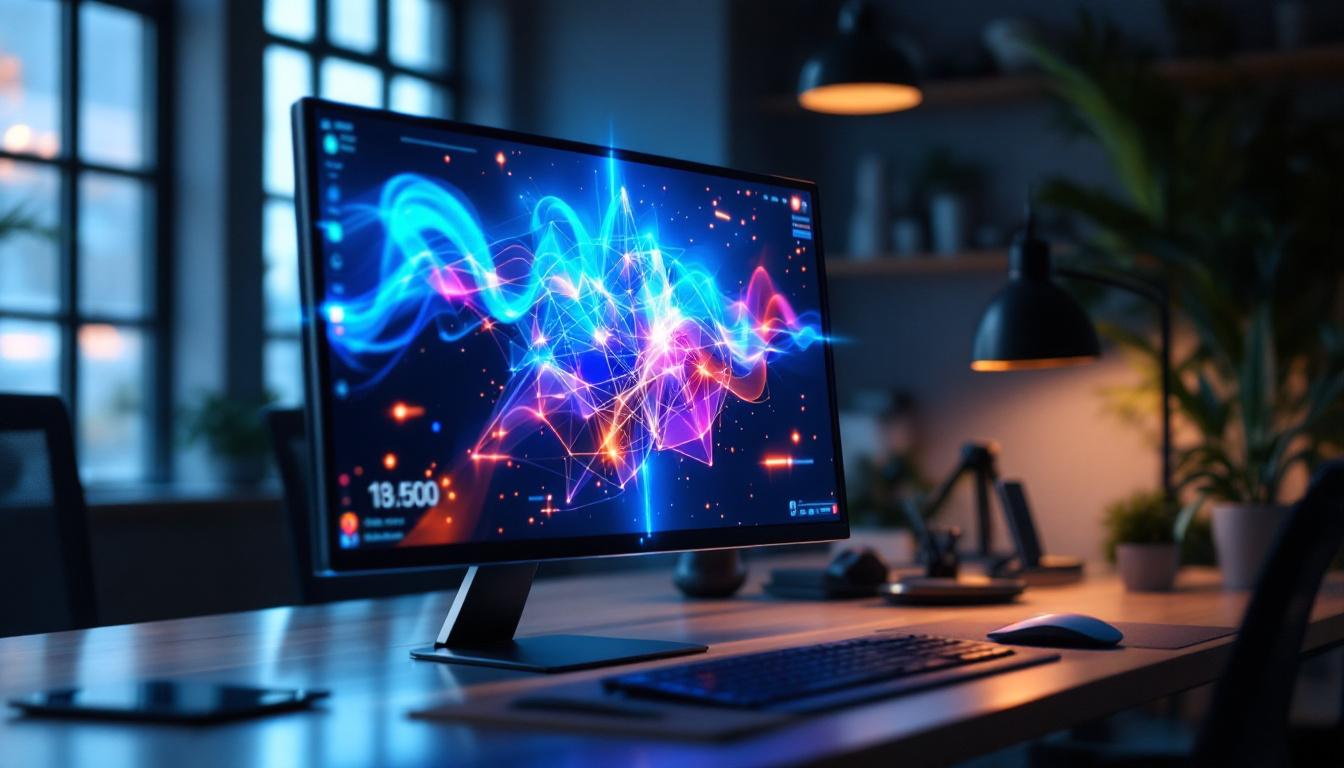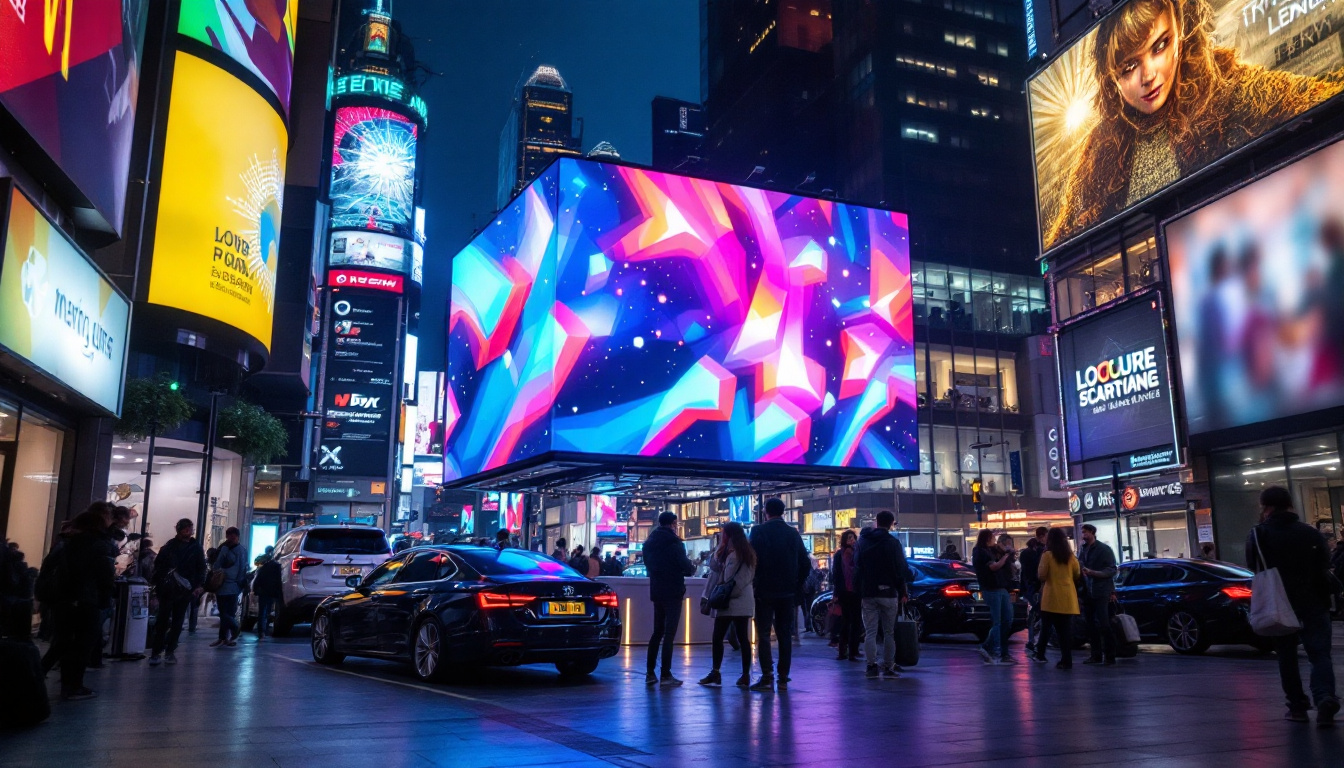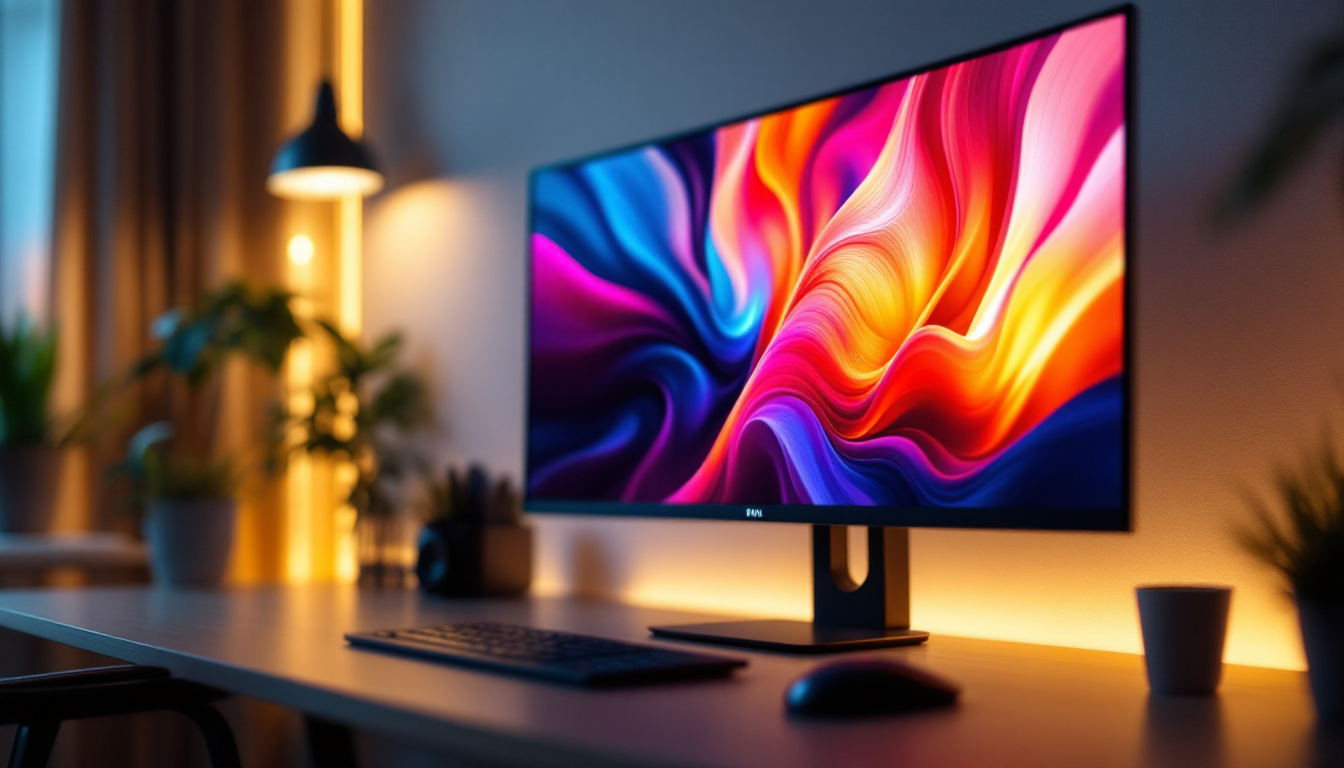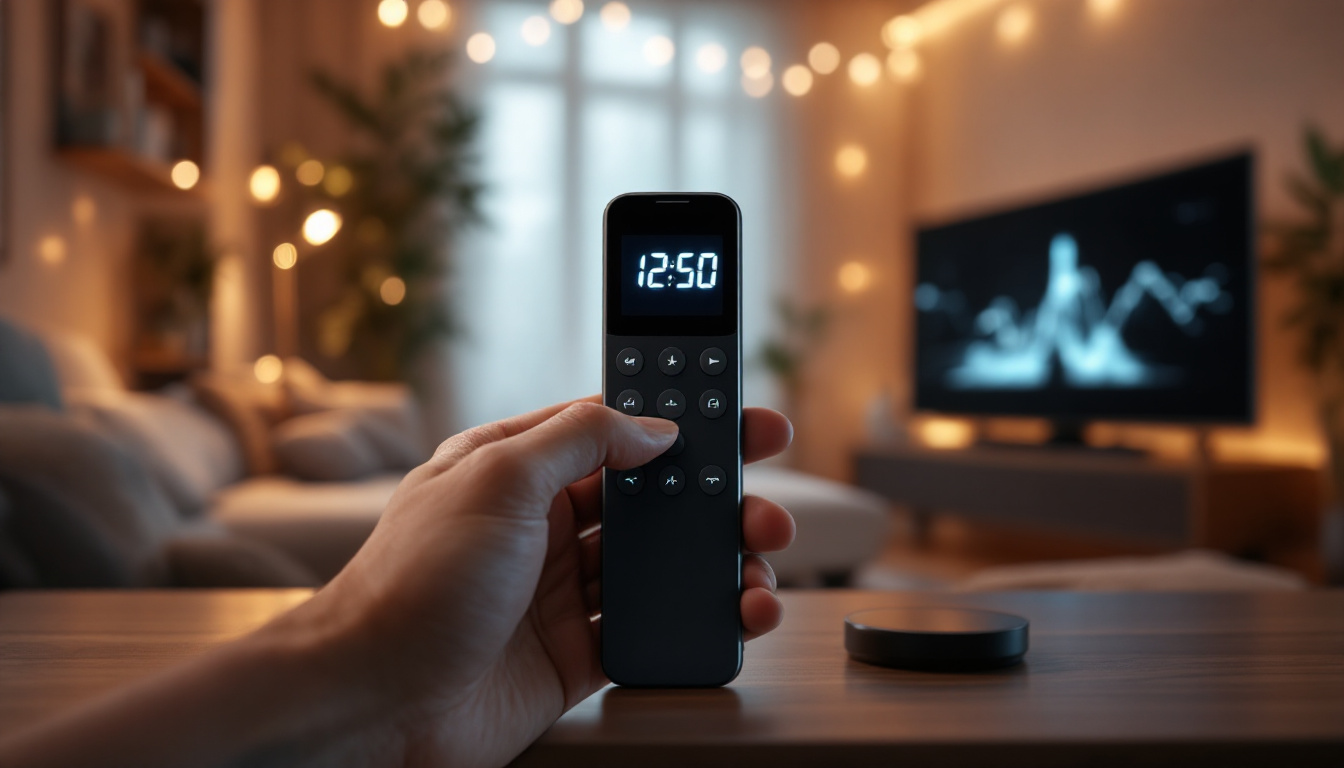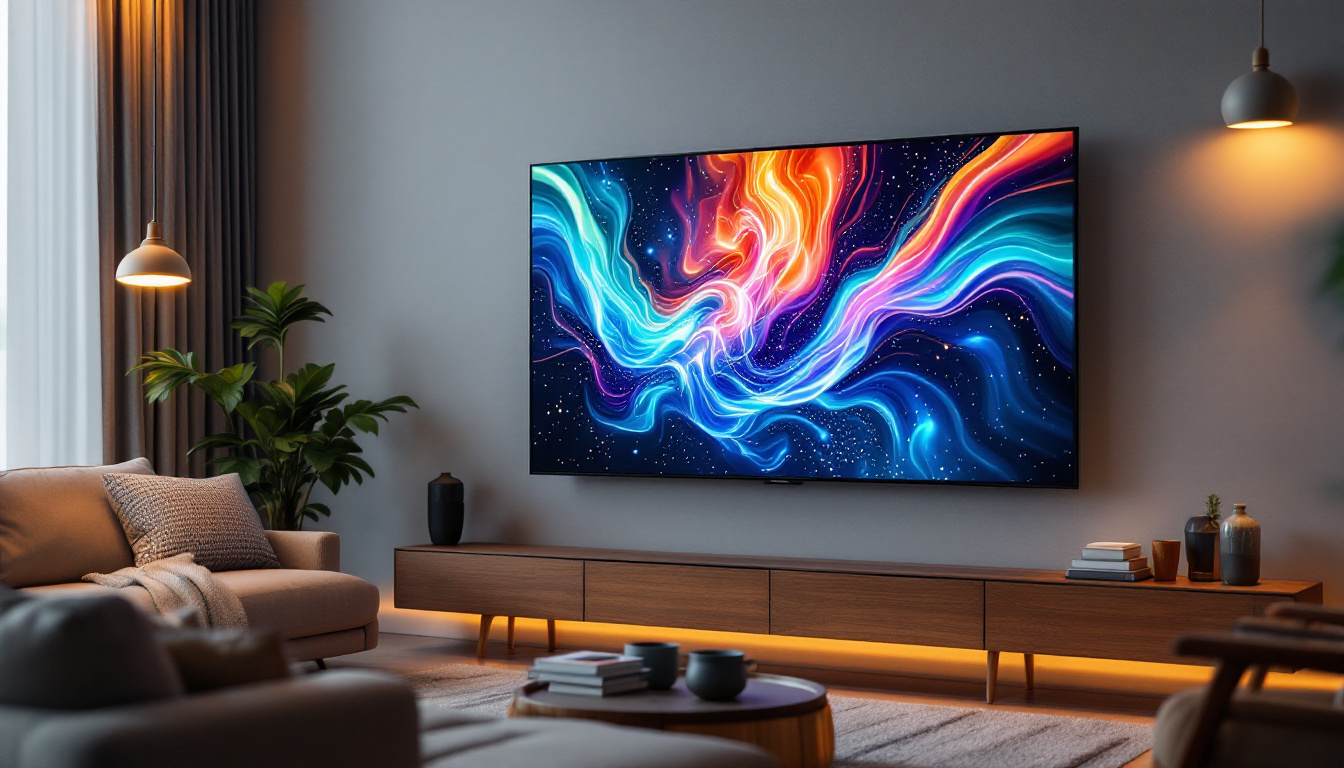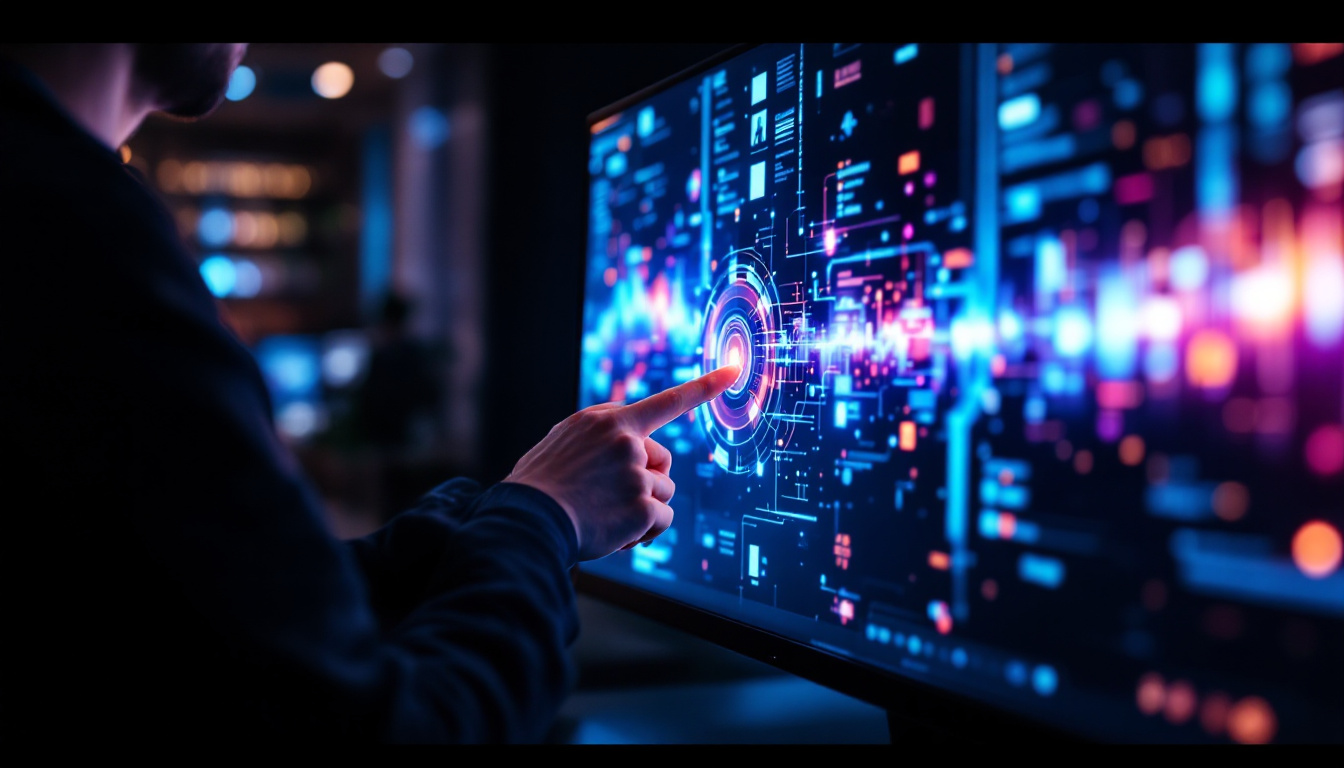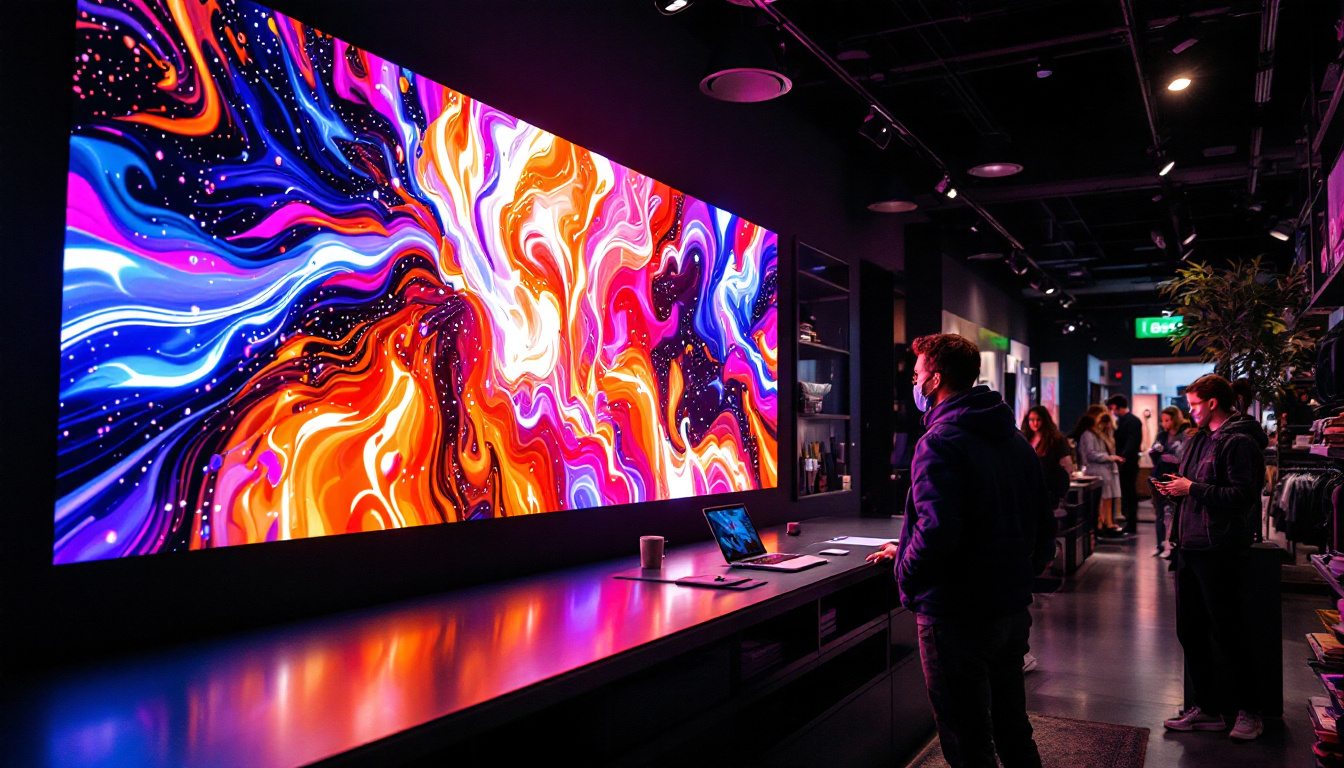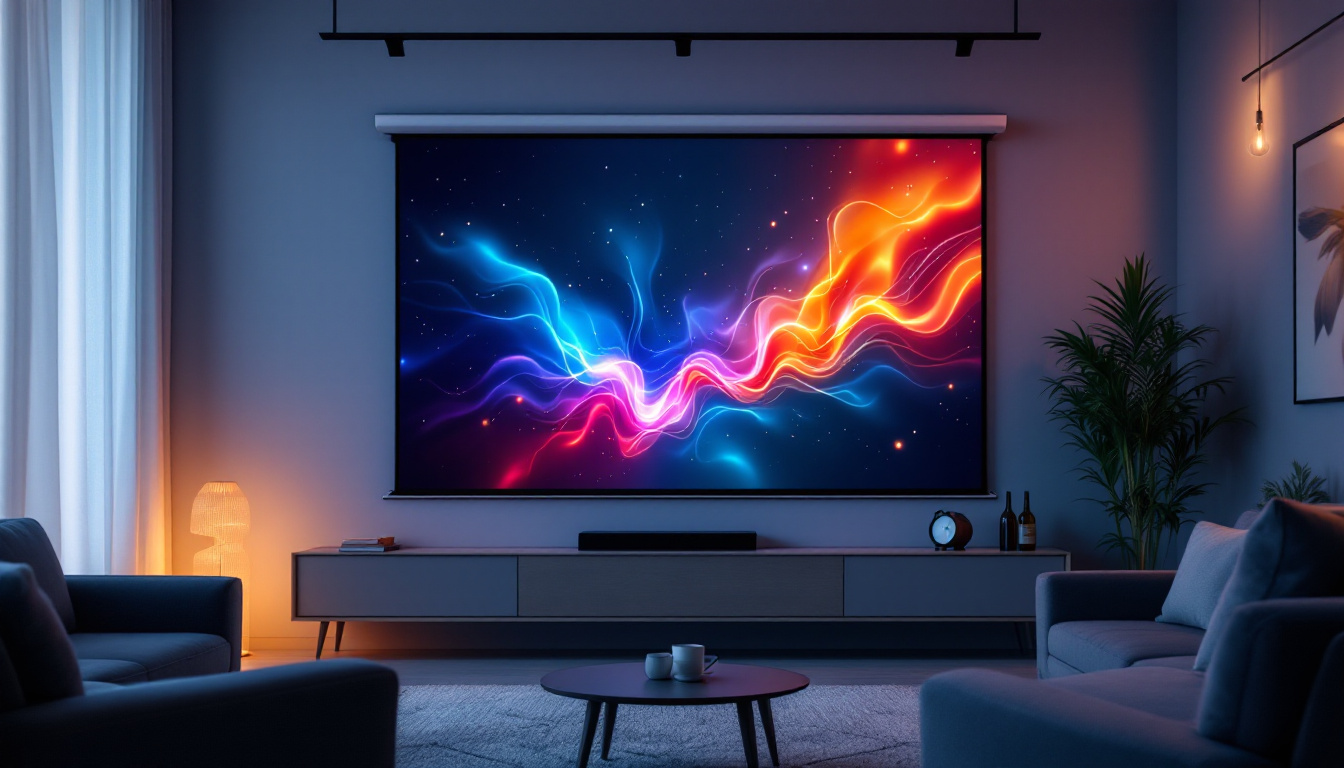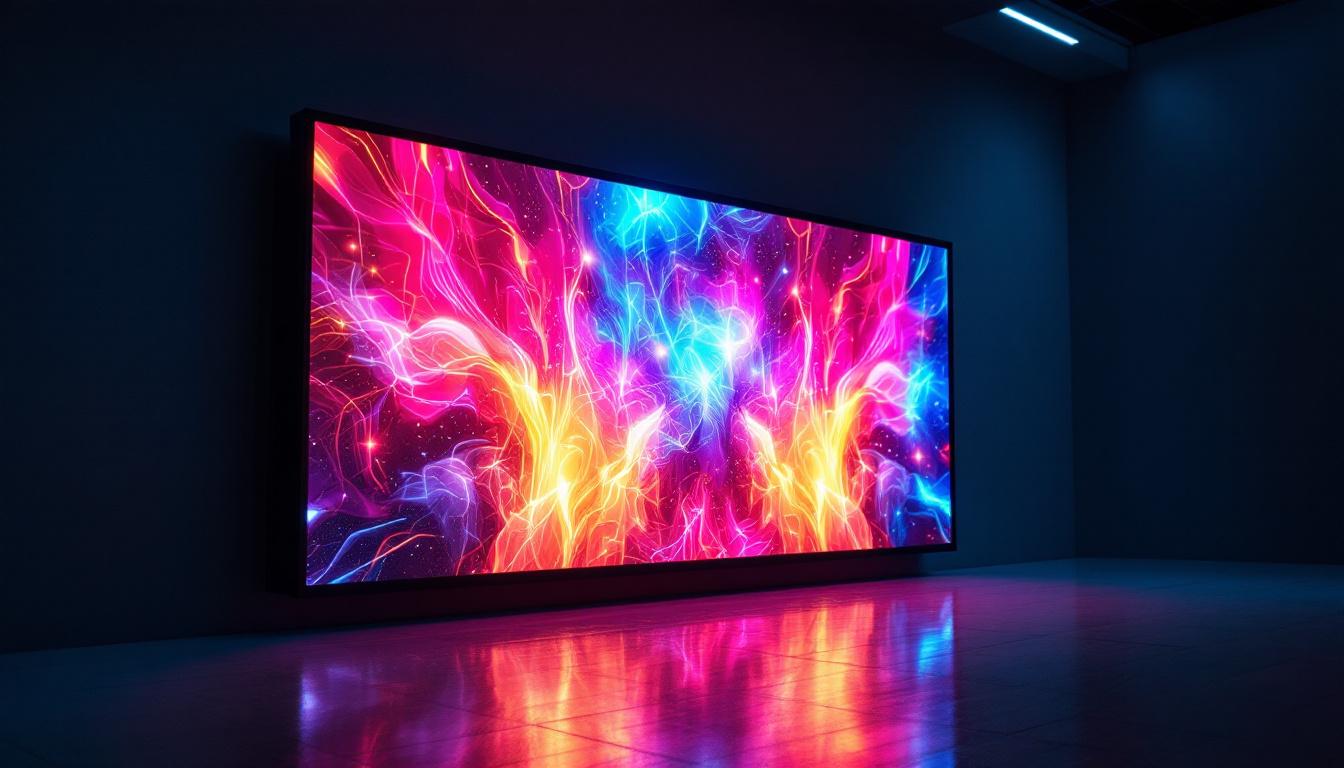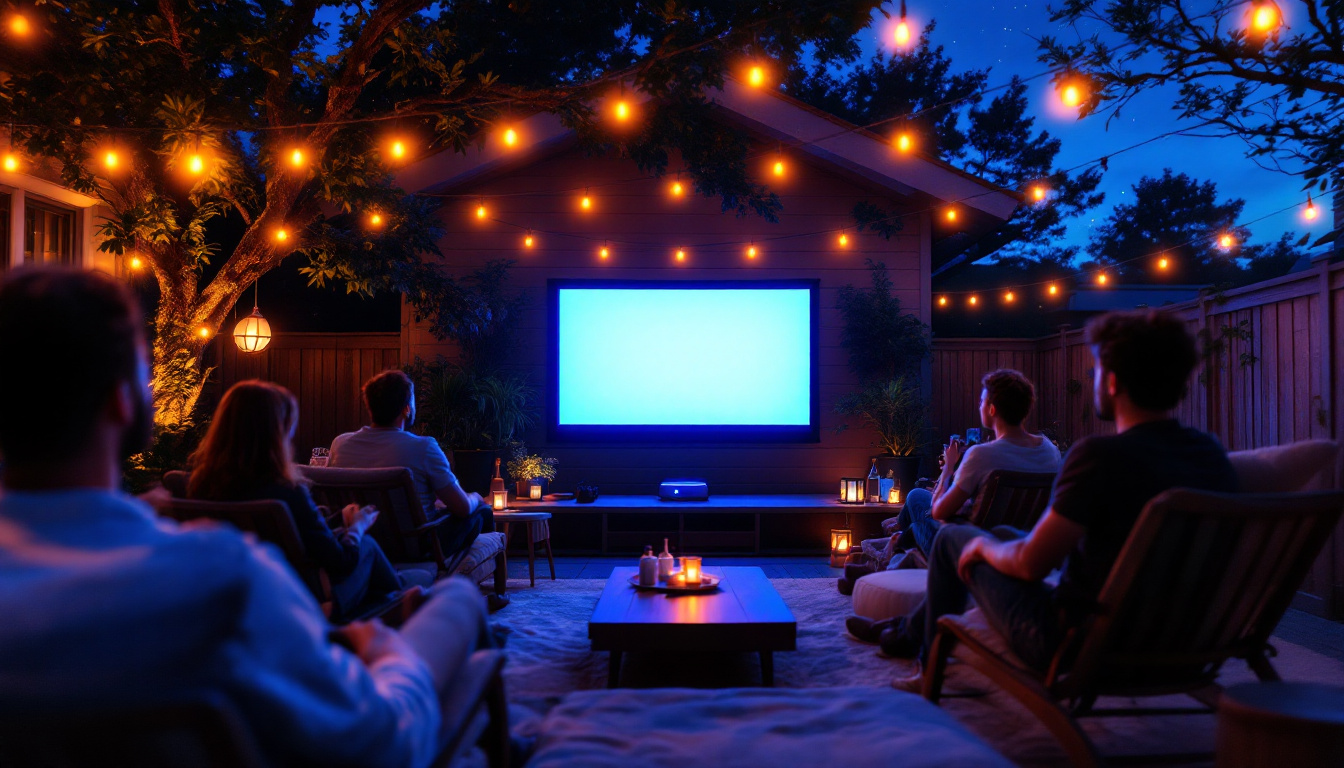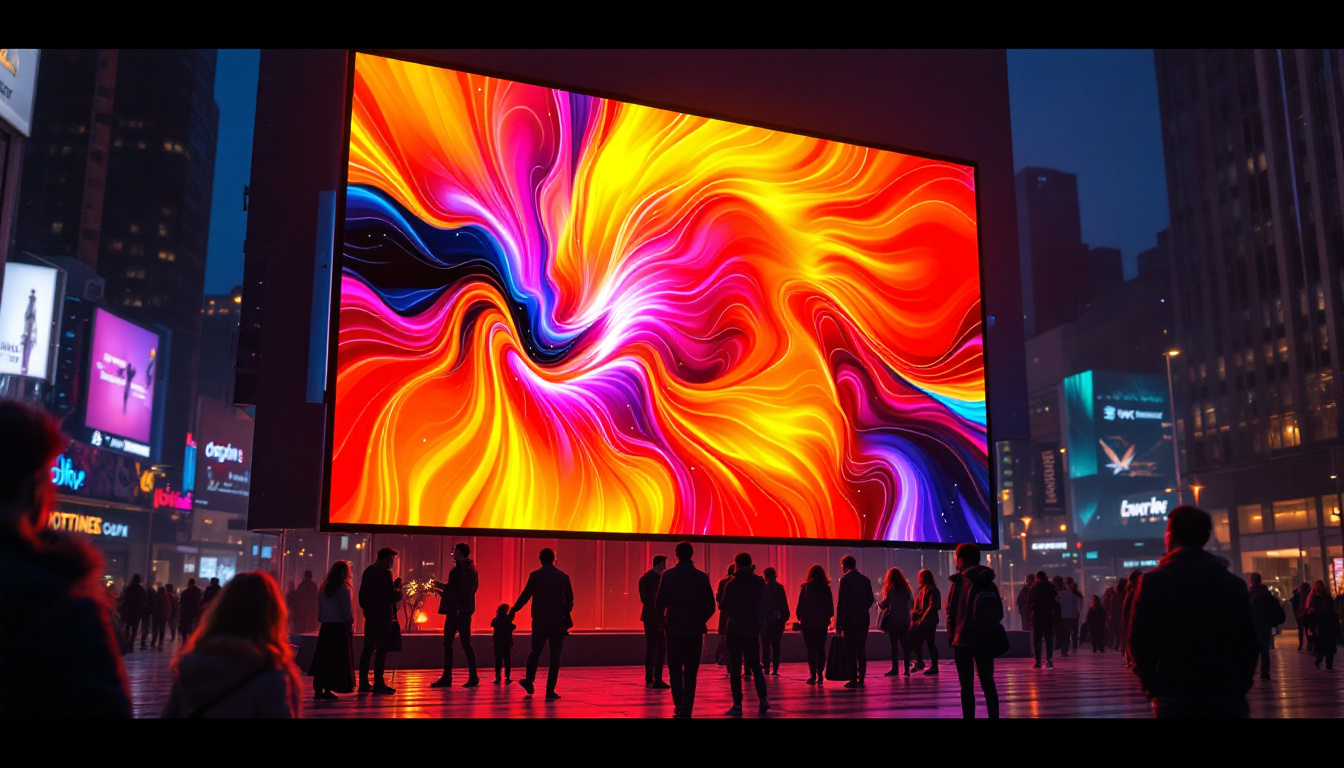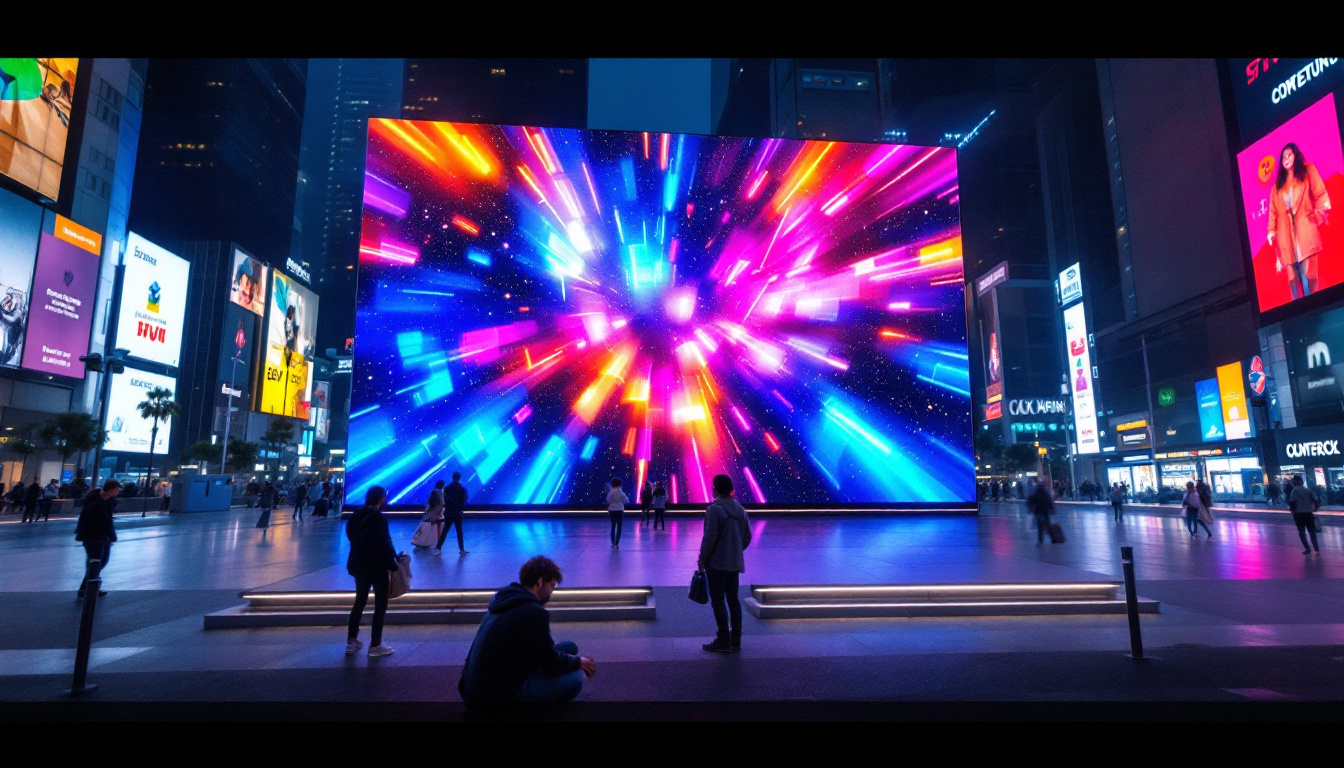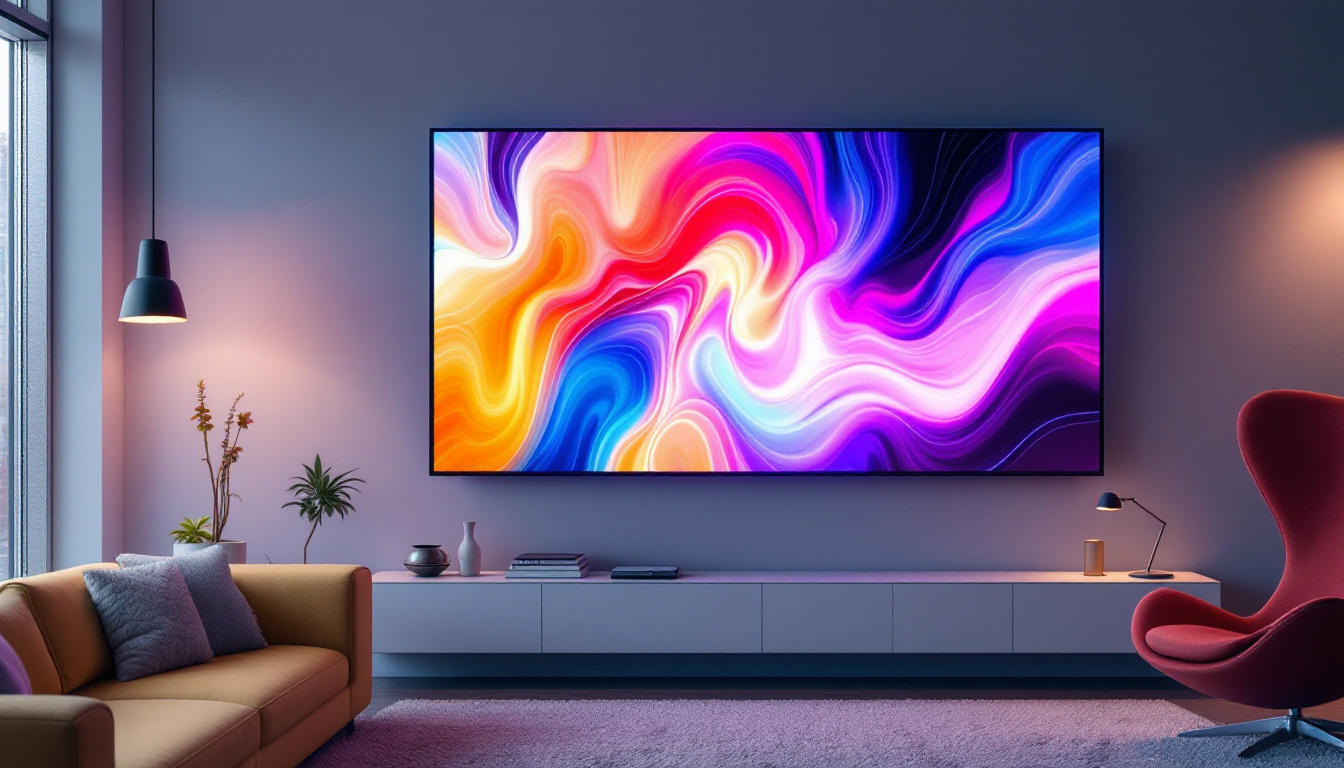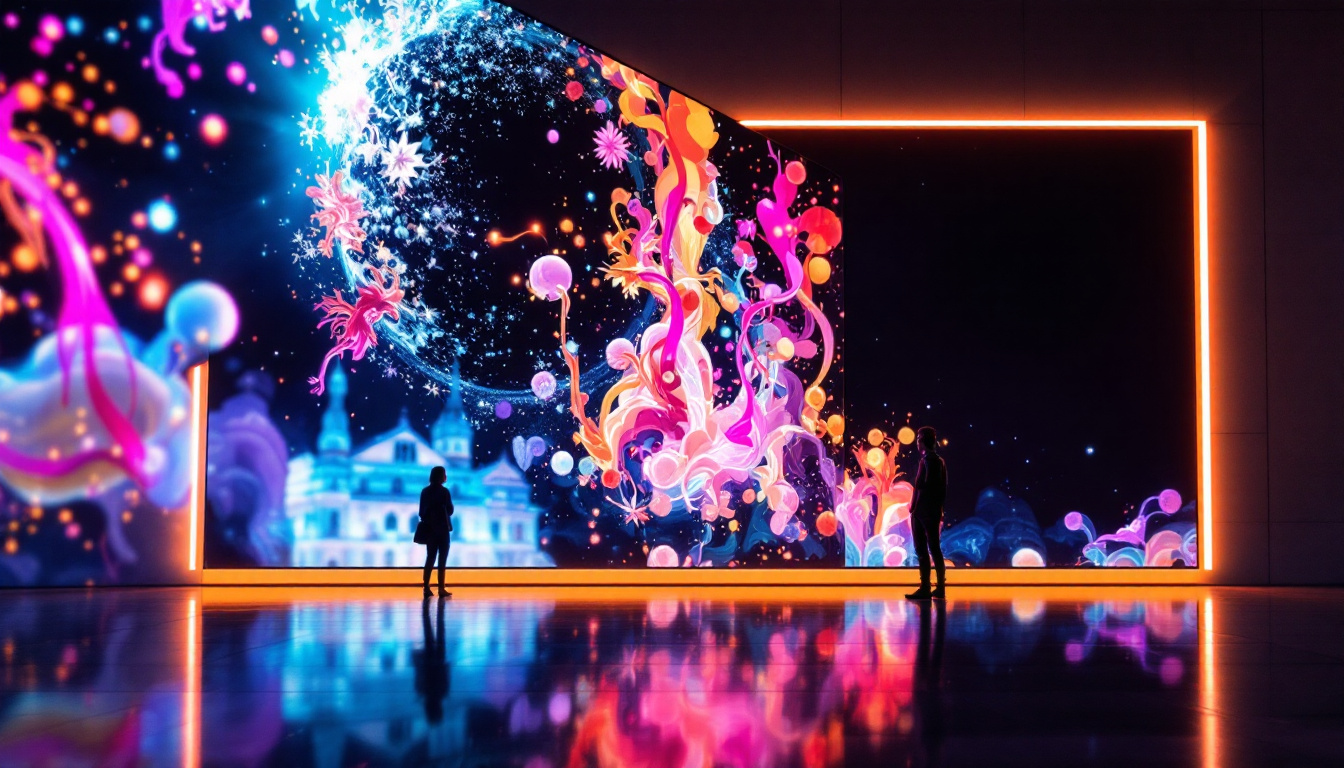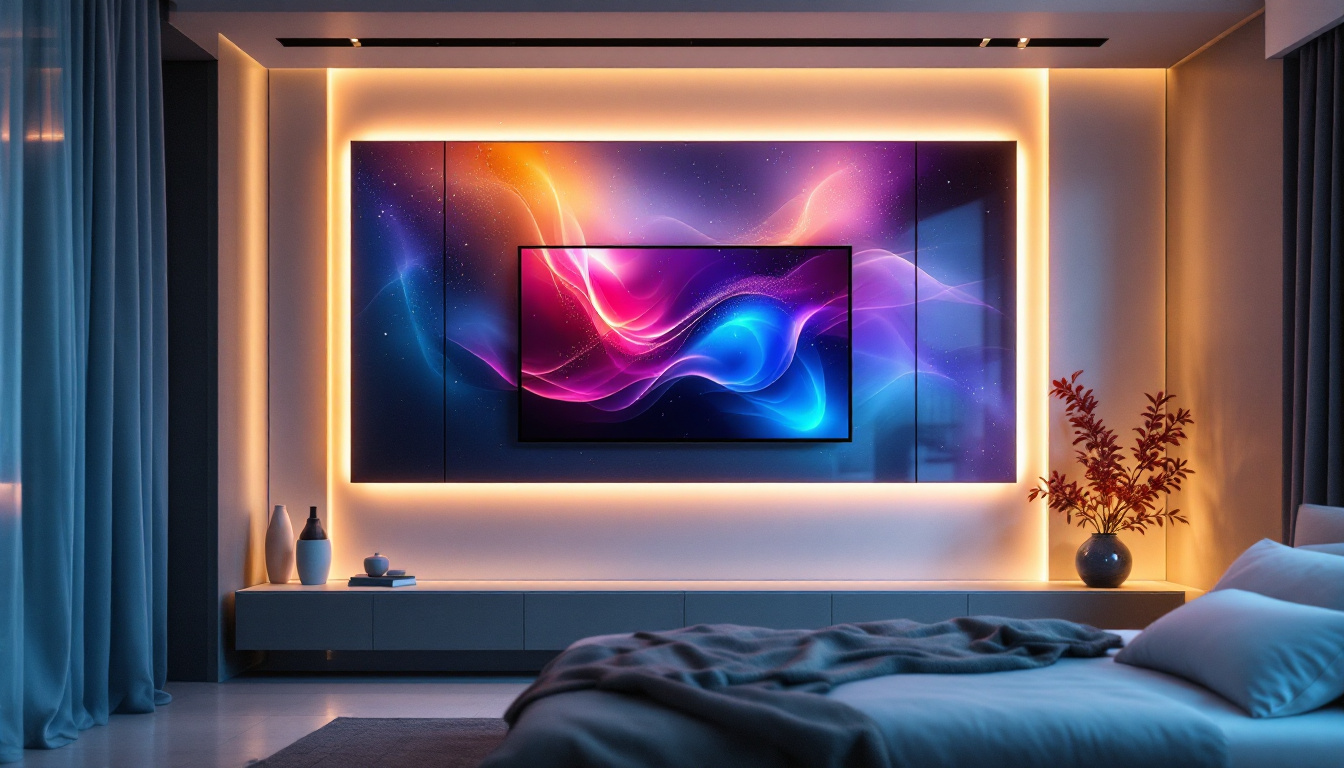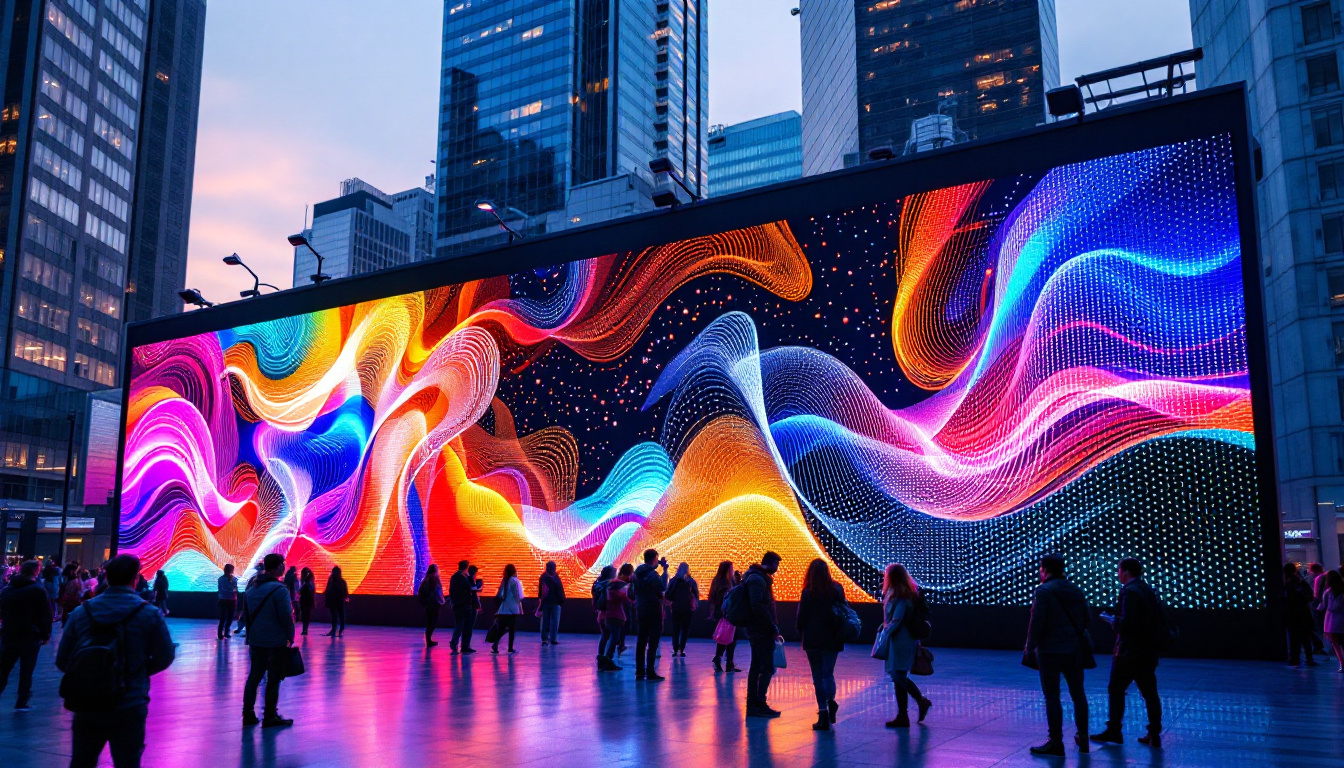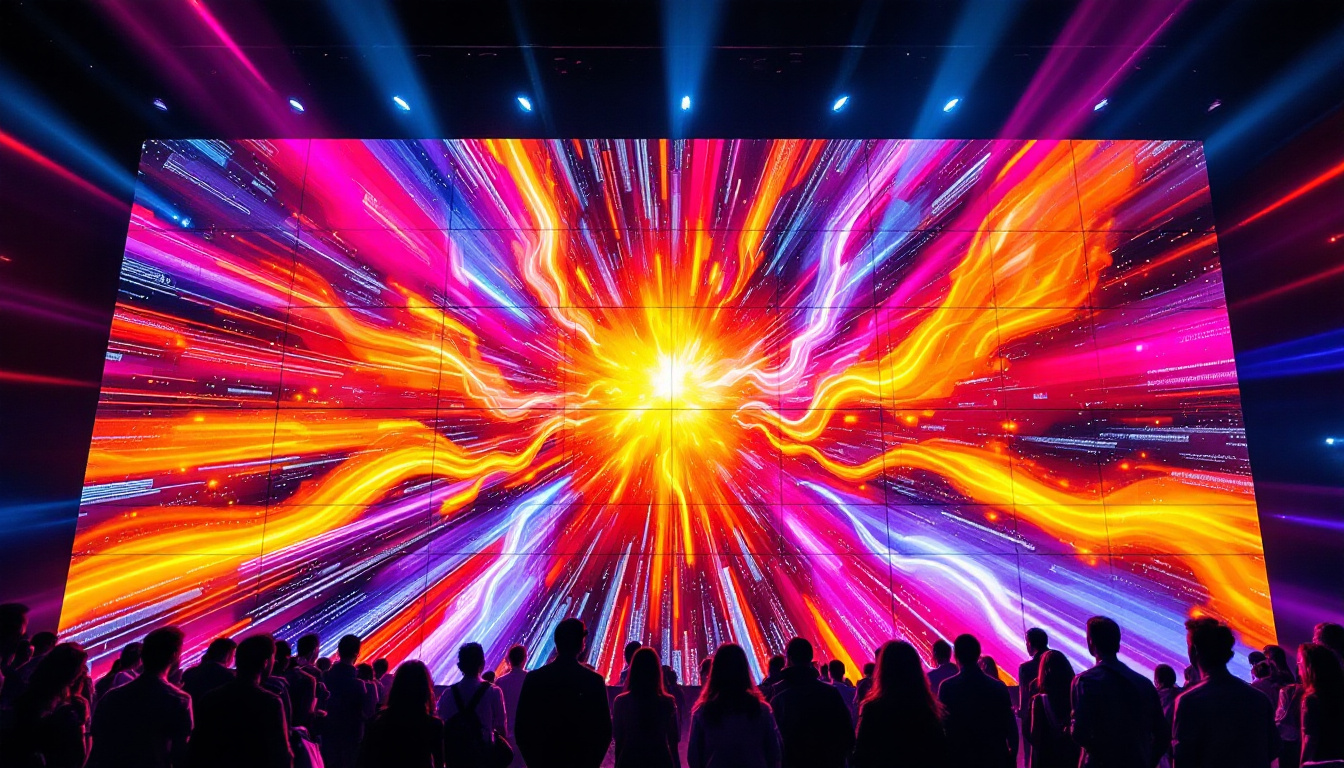In today’s digital age, many users are opting for dual monitor setups to enhance productivity and multitasking capabilities. One of the appealing features of having multiple displays is the ability to customize each monitor’s background independently. This article delves into the intricacies of dual monitor setups, focusing on how to have different backgrounds on each screen, particularly with LED displays.
Understanding Dual Monitor Setups
A dual monitor setup involves connecting two displays to a single computer, allowing users to extend their workspace. This configuration is especially beneficial for professionals in fields such as graphic design, programming, and data analysis, where multiple applications need to be viewed simultaneously.
When setting up dual monitors, users can choose to either duplicate the same display across both screens or extend the desktop, which allows for a more expansive workspace. This flexibility is one of the primary reasons why dual monitors have gained popularity among users.
Benefits of Dual Monitors
Utilizing two monitors can significantly enhance productivity. Studies have shown that users can complete tasks more efficiently when they have access to multiple screens. For instance, a graphic designer might use one monitor for design work while keeping reference materials open on the other. This not only saves time but also reduces the need to switch between tabs or windows constantly.
Moreover, dual monitors can improve organization. Users can dedicate each screen to specific tasks, applications, or projects, leading to a more streamlined workflow. This separation can help in maintaining focus and reducing distractions. For example, a financial analyst might keep spreadsheets open on one screen while monitoring real-time market data on the other, allowing for quicker decision-making and analysis.
Technical Considerations
Before setting up dual monitors, it’s essential to consider the technical specifications of both the computer and the monitors. Most modern computers and laptops support dual displays, but it’s crucial to check the graphics card capabilities. Users should ensure that the graphics card has enough video outputs to support two monitors, and that it can handle the resolution and refresh rates of both displays.
Additionally, the type of connections available (HDMI, DisplayPort, VGA, etc.) can affect the setup. Ensuring compatibility between the monitors and the computer will lead to a smoother setup process. Furthermore, users should also consider the physical arrangement of the monitors. Proper alignment and positioning can help reduce neck strain and improve comfort during prolonged use. For instance, having the monitors at eye level and at a slight angle can create a more ergonomic workspace, enhancing both comfort and productivity.
Setting Up Different Backgrounds
One of the most visually appealing aspects of a dual monitor setup is the ability to customize each display with different backgrounds. This personalization not only enhances the aesthetic appeal but can also serve practical purposes, such as helping to differentiate between workspaces. By selecting distinct images or themes for each screen, users can create a more organized and inspiring environment that caters to their specific tasks or moods.
Most operating systems provide straightforward methods for setting different backgrounds on dual monitors. The process may vary slightly depending on whether the user is operating on Windows, macOS, or Linux. Below, we explore how to achieve this on the two most common operating systems, while also considering some creative ideas for background themes that can boost productivity and creativity.
Setting Different Backgrounds on Windows
For Windows users, changing the background on each monitor is a simple process. Here are the steps to follow:
- Right-click on the desktop and select “Personalize.”
- In the “Background” section, choose the background type (Picture, Solid Color, or Slideshow).
- To set a different background for each monitor, scroll down to the “Choose your picture” section.
- Right-click on the image you want for the first monitor and select “Set for monitor 1.” Then, repeat the process for the second monitor.
This method allows users to select unique images or colors for each display, creating a personalized workspace that reflects individual preferences. Consider using calming nature scenes for one monitor to promote relaxation while reserving the other for vibrant, motivational quotes or artwork that inspires creativity. This thoughtful approach can significantly enhance your working experience, making it not just functional but also enjoyable.
Setting Different Backgrounds on macOS
For macOS users, the process is equally straightforward. Follow these steps to customize each monitor’s background:
- Click on the Apple menu and select “System Preferences.”
- Choose “Desktop & Screen Saver.”
- In the “Desktop” tab, select the desired image for the first monitor.
- To change the background for the second monitor, click on the second display in the preview area and select a different image.
This feature allows macOS users to create a visually appealing dual monitor setup with minimal effort. Users might consider thematic backgrounds that align with their work; for instance, one screen could feature a sleek, modern design for professional tasks, while the other could showcase a colorful abstract pattern that sparks creativity during brainstorming sessions. By thoughtfully selecting backgrounds that resonate with your work style, you can create an engaging atmosphere that enhances focus and productivity.
Choosing the Right Backgrounds
When selecting backgrounds for dual monitors, it’s essential to consider various factors that can enhance the overall experience. The choice of images or colors can impact not only the aesthetics but also productivity and comfort during extended use.
Aesthetic Considerations
Choosing backgrounds that complement each other can create a cohesive look across the monitors. Users might opt for a theme, such as nature, abstract art, or minimalistic designs, that resonates with their personal style. This can make the workspace more inviting and enjoyable.
It’s also important to consider the color scheme. Bright, vibrant colors can energize a workspace, while softer, muted tones can create a calming environment. The right balance can enhance focus and reduce eye strain, especially during long working hours.
Functional Considerations
Beyond aesthetics, backgrounds can serve functional purposes. For instance, users might choose a specific image that serves as a reminder of tasks or goals. Alternatively, some may prefer backgrounds that minimize distractions, opting for simple patterns or solid colors that do not draw attention away from work.
Additionally, high-resolution images are recommended to ensure that backgrounds appear sharp and clear on LED displays. Low-resolution images can appear pixelated or blurry, detracting from the overall visual experience.
Common Issues and Troubleshooting
While setting up dual monitors and customizing backgrounds is generally a straightforward process, users may encounter some common issues. Understanding these challenges and their solutions can lead to a smoother experience.
Resolution and Scaling Issues
One common issue users may face is resolution mismatch between the two monitors. If one monitor has a significantly higher resolution than the other, it can lead to scaling problems where images appear stretched or compressed. To resolve this, users should ensure that both monitors are set to their native resolutions.
In Windows, this can be adjusted in the Display Settings, while macOS users can adjust the resolution in the “Displays” section of System Preferences. Ensuring that both monitors are set to their optimal resolutions will enhance the visual experience.
Background Not Changing
Another issue users may encounter is the background not changing as expected. This can occur due to software glitches or settings not being saved correctly. If this happens, users can try resetting the display settings or restarting the computer to refresh the configuration.
In some cases, third-party applications that manage wallpapers may interfere with the native settings. Users should check for any such applications and ensure they are configured correctly or temporarily disabled to allow the operating system to manage the backgrounds.
Enhancing Your Dual Monitor Experience
Beyond simply setting different backgrounds, there are numerous ways to enhance the overall dual monitor experience. These enhancements can contribute to improved productivity, comfort, and enjoyment while working.
Utilizing Software Tools
There are various software tools available that can help manage dual monitor setups more effectively. For instance, applications that allow users to quickly switch between different wallpaper sets can be beneficial for those who like to frequently change their backgrounds. Some tools even offer dynamic wallpapers that can change based on time of day or user activity.
Additionally, productivity tools that help manage window placement and organization can further enhance the dual monitor experience. These tools can allow users to snap windows to specific areas of the screen, making it easier to manage multiple applications simultaneously.
Adjusting Monitor Settings
Adjusting the settings on each monitor can also improve the overall experience. Many LED displays come with built-in settings for brightness, contrast, and color calibration. Fine-tuning these settings can lead to a more comfortable viewing experience, reducing eye strain and improving clarity.
Users should take the time to explore the settings available on their monitors and make adjustments based on their preferences and working conditions. This can make a significant difference in comfort, especially during extended periods of use.
Conclusion
Having different backgrounds on dual monitors is not only possible but can significantly enhance the user experience. By customizing each display, users can create a workspace that reflects their personality and boosts productivity. With the right setup, technical considerations, and aesthetic choices, dual monitors can transform the way tasks are approached and completed.
As technology continues to evolve, the capabilities of dual monitor setups will likely expand, offering even more customization and functionality. Embracing these advancements can lead to a more efficient and enjoyable working environment, making the most of the dual monitor experience.
Explore the Potential with LumenMatrix
Ready to take your dual monitor setup to the next level? Discover the innovative world of LumenMatrix, where cutting-edge LED display technology meets creative design. Whether you’re looking to enhance your workspace or captivate an audience, LumenMatrix offers a diverse range of LED display solutions, including Indoor and Outdoor LED Wall Displays, Vehicle LED Displays, and more. Elevate your visual experience and check out LumenMatrix LED Display Solutions today to see how we can transform your environment with clarity and impact.

